
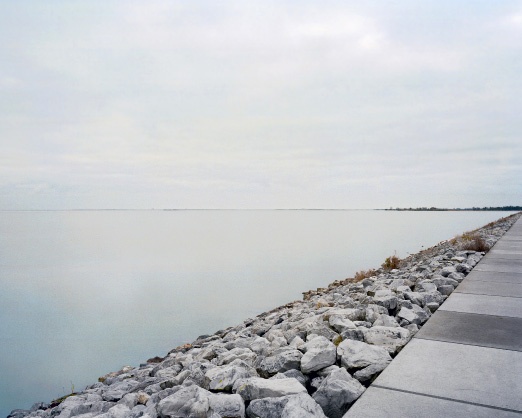
For centuries, Amsterdam and the world were connected by a body of
water called IJ (pronounced ‘Eye’), north of the city. New land needed
for harbor activities was created on artificial islands. Now, for the
first time in history, islands are man-made for housing: the IJburg
development area.
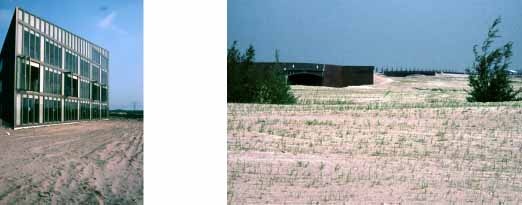
Involvement began at an early stage when the perimeter of the newly formed islands had to be protected which was obviously a technical job for civil engineers. Yet it also was the first urban intervention in a desert surrounded by water. Persistent wind patterns provided the islands with a windward and a lee side. The first had to be designed as a bank where water was the dominant force, while the latter was to be treated as a shore where vegetation would help land defend itself.
After that, attention focused on the landscape that now was ready for
development. A Quality Team guarantees that the character of IJburg is
respected. Respect for the essence (water), atmosphere (rough) and
scale (vast), expanding nature at the same time, where possible.
Water The bottom of the IJ is nature’s work from glacial times, altered by man’s need for sand to construct dikes, fill in drained lakes and create artificial islands on top of the highest parts below the surface. |
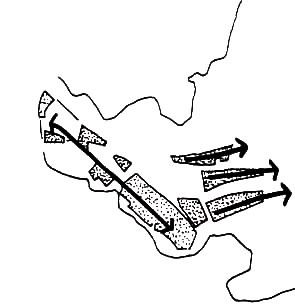 |
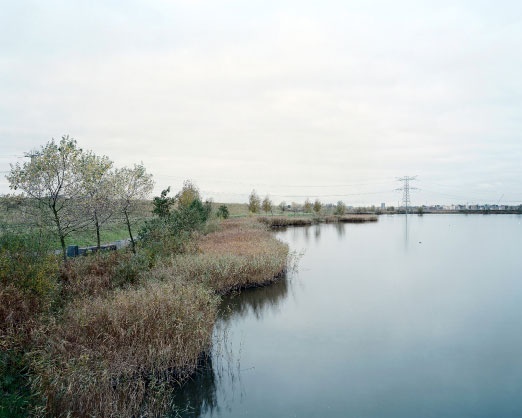
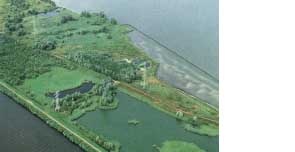 |
Rough Across the water, at the edge of land that already existed, is a former garbage dump, heavily polluted. A rough park is made possible by covering the site with a impermeable concrete layer. On top rests a substrate, three feet of various kinds of soil in different particle sizes, from sand to fractured stone, seeded in with a mix of plants and herbs. |

Vast
The expanse of water surfaces, always nearby, is matched by the strict urban grid, and in contrast with the carefully composed shapes of the islands. Spatial layout of streets is simple and rich, using natural stone and bricks.
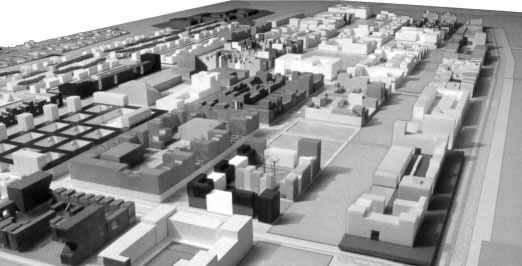
Nature
The position of trees in the urban grid of streets is sacred. Entrances of houses and garages have to adapt to their position. Inside the blocks a diverse and varied world is possible, stimulated and supervised by the Quality Team.
Client
City of Amsterdam
Credits
Department of Urban Planning
Amsterdam
Tom Schaap
Urban planner
Frits van Dongen
Architect
Felix Claus
Architect
Quality Team
IJburg
Photography
Kim Zwarts
Michael van Gessel